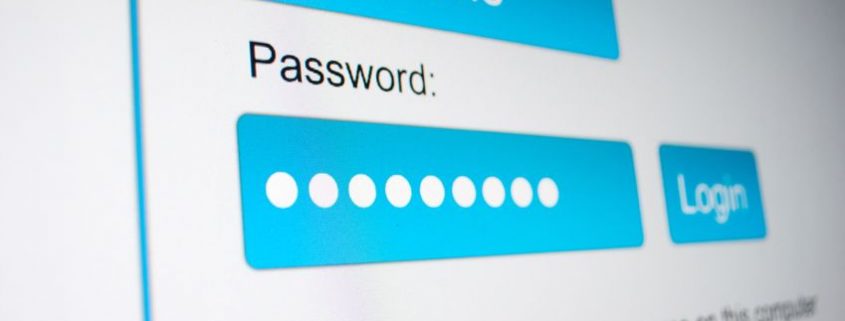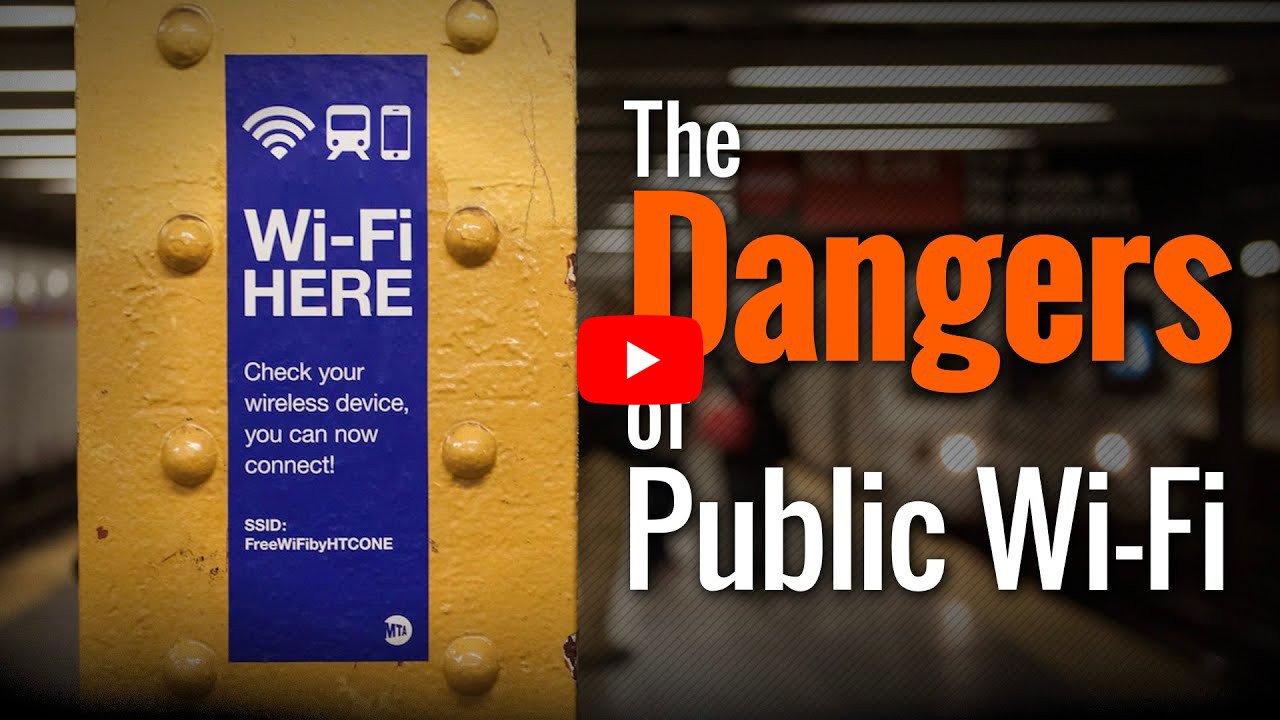Can I have the Wi-Fi password: The risks
We have all done it, you go for a coffee with a friend, out for dinner with the family or you’re waiting for a product or service and you ask; ‘Can I have the Wi-Fi password?’
Whilst it seems harmless from the outside, and a service which we have become accustomed to when out and about; what are the risks associated to joining a Wi-Fi network?
Free Wi-Fi: What are the key risks when connecting?
You’re visiting a new place, possibly even a new country, and there are signs within the area advertising free Wi-Fi. Naturally, you think you’re on to a winner and eagerly grab your phone, laptop or tablet, request the Wi-Fi password and connect. The problems begin as soon as you connect to an unknown or non-reputable network. When you connect a device to a Wi-Fi network, the host is able to see that you have connected. If the correct settings are in place and you have joined a reputable network, you should be fine. But what happens if you’ve connected to a bad network?
Giving hackers access to your data
Connecting to a non-reputable network makes it difficult to know if hackers are active on the router. Hackers may be able to access and view your sensitive data. For a quick video on how your details can be accessed, watch the short video below:
Stay safe
While this may all seem a little scary, there are ways you can stay safe when using public Wi-Fi. Utilising a few simple processes to keep you safe, you can lower the risks of having your data stolen:
Password: Make sure your device is protected with a strong Wi-Fi password. We recommend your password is different for each account you have.
Turn off sharing: When you’re on a trusted network, such as at home or work, you may want to share with the network. When you are on a public network where you don’t know who else is on the network, make sure your sharing settings are switched off to avoid sharing your personal files with anyone on the network. This will ensure your data is kept safe whilst continuing to enjoy the use of the free Wi-Fi.
Firewall: Make sure your firewall settings are correctly set to prevent access by hackers. Ensure you have anti-virus software installed on your phone for extra protection. Anti-virus software can also save a copy of your files which makes your data easily recoverable should the worse happen.
Use HTTPS and SSL Whenever Possible: Regular web site connections over HTTP exchange lots of plain text over the wireless network you’re connected to, and someone with the right skills and bad intent can sniff out that traffic very easily. It’s not that big a deal when the text is some search terms you entered to find a video of a cat doing something silly, but it is a big deal when it’s the password to your email account. Ensuring a site has HTTPS, for example when visiting websites, or enabling SSL, for example when using applications which require access to the internet, such as an email client, encrypts your data which is passed back and forth between your computer and the web server, keeping it safe from prying eyes. Most websites today are HTTPS and Google has integrated a ‘tick’ in their search results which tells you if the site is compliant or not with HTTPS.
If you’d like to discuss the safety and security of the devices you connect to public Wi-Fi; contact Bean IT on 0121 667 8977 or email info@beanit.co.uk





Leave a Reply
Want to join the discussion?Feel free to contribute!